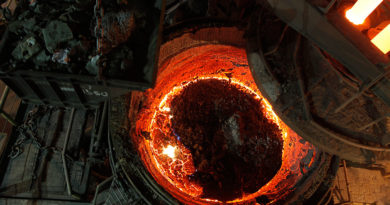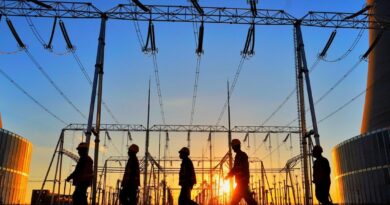Global Manufacturing: V-Shaped Recovery and Implications for the World
Global manufacturing contracted sharply in the spring of 2020. Unlike during the global financial crisis, however, the decline was short-lived, with synchronized V-shaped recoveries across both advanced and emerging market economies in the second half of the year. While the rebound reflects in part the resumption of production following the shutdowns, other demand-related factors have also played a role, including the release of pent-up demand after lockdowns were eased and increased demand for products to facilitate work-from-home and protective equipment.
The recovery has been more pronounced in some industries than in others, reflecting several factors:
- Consumer spending on durables has surged in advanced economies, reflecting policy support programs, pent-up demand, and limited spending on services as a result of the pandemic: The share of durables in consumer spending increased to about 12 percent in the third quarter of 2020, up from an average of 10.5 percent in the two years preceding the pandemic. The surge is most visible for such items as cars and electrical appliances. Global car sales, for example, were back to pre-pandemic levels as of June 2021, after falling by more than 40 percent through April. The bounce-back also likely reflected a desire to maintain safe distances and avoid public transportation as well as purchase incentive programs and tax deductions. The car industry has been the largest driver of the manufacturing recovery, accounting for about 35 percent of the global rebound in the second half of 2020, while electrical equipment accounted for almost 5 percent of the rebound. The shift toward durables has also supported the sharp rebound in global trade, with advanced economies’ imports of consumer goods accounting for almost one-third of the recovery in global trade values (excluding petroleum) in the second half of 2020. The recovery in durables spending was less pronounced in emerging markets, excluding China.
- The pandemic has increased demand for some products: These include electronics to accommodate the shift toward teleworking and virtual learning as well as plastic, rubber, and textiles as the main source of personal protective equipment. These sectors account for about 10 percent of the rebound in manufacturing.
- Lingering uncertainties around the pandemic outlook have hindered the recovery of private investment, particularly in equipment: This has limited the rebound in the production of machinery and other capital goods. Output in these sectors remains about 6 percent below pre-pandemic levels (except for the aerospace sector, which is almost 20 percent below its pre-pandemic level). There are signs of continued improvement in the production of machinery; capital goods imports picked up in late 2020.
The near-term outlook for global manufacturing remains positive, as evidenced in the global manufacturing purchasing managers’ index indicators, which point to a continuing expansion, though at a slower pace.
While the near-term recovery could be tempered by the resurgence of COVID-19 cases in several major economies, evidence from social distancing measures in late 2020 and early 2021 in Europe and the United Kingdom suggests a relatively limited impact on manufacturing activity. In part, this is because containment measures have not been as stringent as in April and May, and disruptions to production and supply chains have been much less severe.
Beyond the near term, widespread availability of vaccines and normalization of contact-intensive activity, together with continued policy support, should help fuel the manufacturing recovery.




